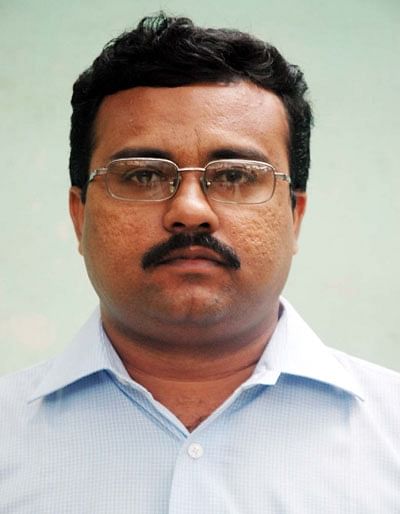Indian, Chinese diplomats agree to settle differences through “peaceful dialogue”
India and China on Friday agreed to resolve differences through “peaceful dialogue” respecting each other’s “sensitivities, concerns and aspirations”, setting a framework for their militaries to work out a way to de-escalate tension along the disputed boundary between the two nations.
The senior diplomats of India and China had a video conference just ahead of a proposed meeting between the commanders of the Indian Army and the Chinese People’s Liberation Army (PLA) to defuse tension in the border areas in eastern Ladakh. The two sides reaffirmed the consensus reached between Prime Minister Narendra Modi and Chinese President Xi Jinping during two “informal summits” in April 2018 and October 2019 and agreed not to allow the differences to turn into disputes.
Lt Gen Harinder Singh, General Officer Commanding (GoC) of the 14 corps of the Indian Army, will lead the Indian Army delegation in the meeting with the Chinese PLA officials at the Chushul-Moldo junction in eastern Ladakh on Saturday. He is likely to insist on restoration of status quo ante and withdrawal of all the Chinese PLA soldiers, who had transgressed into the India’s side of the Line of Actual Control (LAC) – the de facto boundary between India and China – over the past few weeks.
He is also expected to demand demolition of the bunker and the moat the Chinese PLA built to block the access of the Indian Army personnel to an area where they were regularly patrolling before the tension escalated following a scuffle between the soldiers of the two nations on May 5.
The press release issued in New Delhi on Friday after the video-conference between Naveen Srivastava, Joint Secretary (East Asia) in the Ministry of External Affairs (MEA), and his counterpart, Wu Jianghao, Director General (Asian Affairs) in the Ministry of Foreign Affairs of the Chinese Government, did not directly refer to the military build-ups by both sides in eastern Ladakh.
It, however, stated that Srivastava and Wu discussed “the state of bilateral relations, including the current developments”. They recalled “the consensus reached by the leaders of the two countries that a peaceful, stable and balanced relation between India and China” would be “a positive factor for stability in the current global situation”.
The two sides also agreed that they “should handle their differences through peaceful discussion” in accordance with the “guidance” provided by the Prime Minister and the Chinese President, “bearing in mind the importance of respecting each other's sensitivities, concerns and aspirations”, according to the press-release issued by the MEA. They also agreed that the two neighbouring nations should not allow differences to turn into disputes.
New Delhi earlier conveyed to Beijing that actions of the Chinese People’s Liberation Army (PLA) in eastern Ladakh was contrary to the “strategic guidance” Modi and Xi had agreed to issue to their militaries during the first “informal summit” in Wuhan in China April 2018 and reaffirmed during its sequel in a seaside resort in Tamil Nadu in October 2019.
Srivastava has been in touch with Wu over the past few weeks to defuse the tension along the disputed boundary between the two nations on the northern bank of the Pangong Tso lake in eastern Ladakh. He was also in touch with Hong Liang, Director General of the Department of Boundary and Ocean Affairs in the Ministry of Foreign Affairs of the Chinese Government. But it was only after his video-conference with Wu on Friday that New Delhi put the outcome in public domain, signaling some headway in the diplomatic engagements between the two sides to de-escalate the situation.
The Chinese PLA over the past few weeks deployed nearly 5000 soldiers in a large camp set up recently at Galwan Valley within the territory claimed by China – in order to support the smaller number of troops, who transgressed the LAC in several locations and entered into the areas claimed by India. The Indian Army too responded by rushing additional troops “in adequate numbers”.
The build-ups by both sides escalated tension along the LAC and the military officials and diplomats of both sides have been in touch to defuse the situation.
